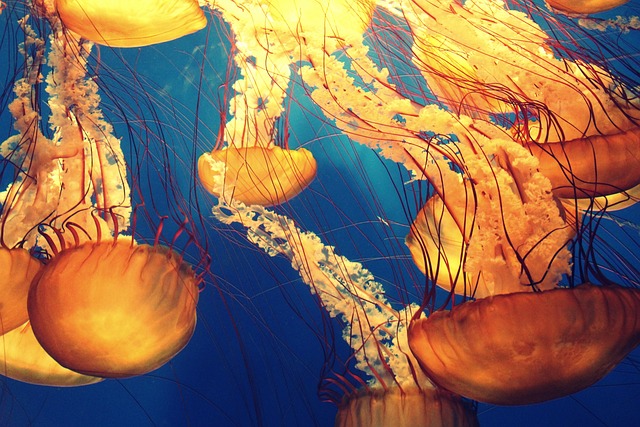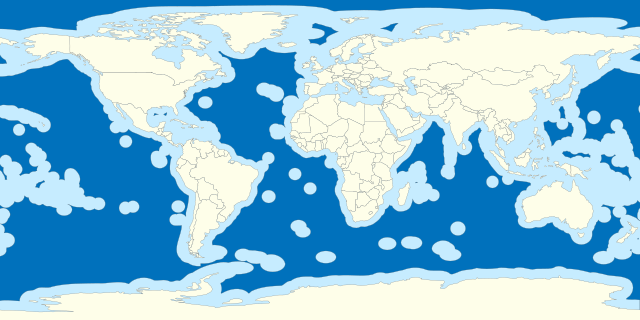 After over a decade of negotiations, the member countries of the United Nations reached a groundbreaking agreement to protect the biodiversity of the world’s oceans.
After over a decade of negotiations, the member countries of the United Nations reached a groundbreaking agreement to protect the biodiversity of the world’s oceans.
The charter, which is known as the UN High Seas Treaty, specifically addresses the conservation of marine life in oceans that are classified as international waters (high seas).
Protecting the High Seas
According to the National Oceanic and Atmospheric Administration (NOAA), “coastal countries generally control the 200 nautical miles of ocean - that is, the water column and seafloor extending out from their coasts”.
With oceans covering over two-thirds of our planet, there are still tens of millions of square miles of ocean that do not fall under the jurisdiction of any nation.
 These waters contain an abundance of marine life, spanning from phytoplankton and coral reefs to whales, sharks, and countless other unique creatures that are still a mystery to us. However, these marine creatures that live outside of protected aquatic zones are at greater risk, since environmental laws do not apply to uncontrolled waters.
These waters contain an abundance of marine life, spanning from phytoplankton and coral reefs to whales, sharks, and countless other unique creatures that are still a mystery to us. However, these marine creatures that live outside of protected aquatic zones are at greater risk, since environmental laws do not apply to uncontrolled waters.
Human-caused activities like deep-sea mining, overfishing, and pollution are emerging as major dangers to aquatic life in the high seas. Additionally, with the burning of fossil fuels causing carbon dioxide concentrations to spike in the atmosphere, the oceans are absorbing a whopping 30% of these gases. An increase in CO2 in the oceans can cause the waters to become more acidic, which is potentially lethal to many sea creatures.
Although there have been previous attempts at establishing international legislation to protect life in the high seas, the laws are fairly loose with regard to addressing the cumulative impact of human activity.
A New Future for the Oceans
 Although the Treaty was eventually signed, it took over 36 hours of deliberation at the UN Headquarters in New York.
Although the Treaty was eventually signed, it took over 36 hours of deliberation at the UN Headquarters in New York.
There were a few key points of contention that held up the talks - including the location of conservation areas, how to distribute mining and fishing rights, and most controversially, what entity would profit from potential genetic cures found in the high seas.
The main objective of the treaty was to declare the high seas as protected areas. This will also achieve the target of protecting 30% of the world’s oceans, a goal established at the 2022 UN Biodiversity Conference. Along with a consensus on sharing genetic cures found in the oceans, the treaty also requires environmental impact assessments to regulate activities like mining.
Developing nations argue that they should not be subject to the same restrictions for deep-sea activities as wealthier nations who have exploited the waters so far. Nonetheless, they acknowledge, there is a necessity to stop countries from worsening the condition of the oceans.
Meanwhile, environmental organizations, such as Greenpeace, are hailing the treaty as a “monumental win for ocean protection”, but say that there is much to be done to implement it.
Sources: NYTimes, BBC, NOAA, IUCN







